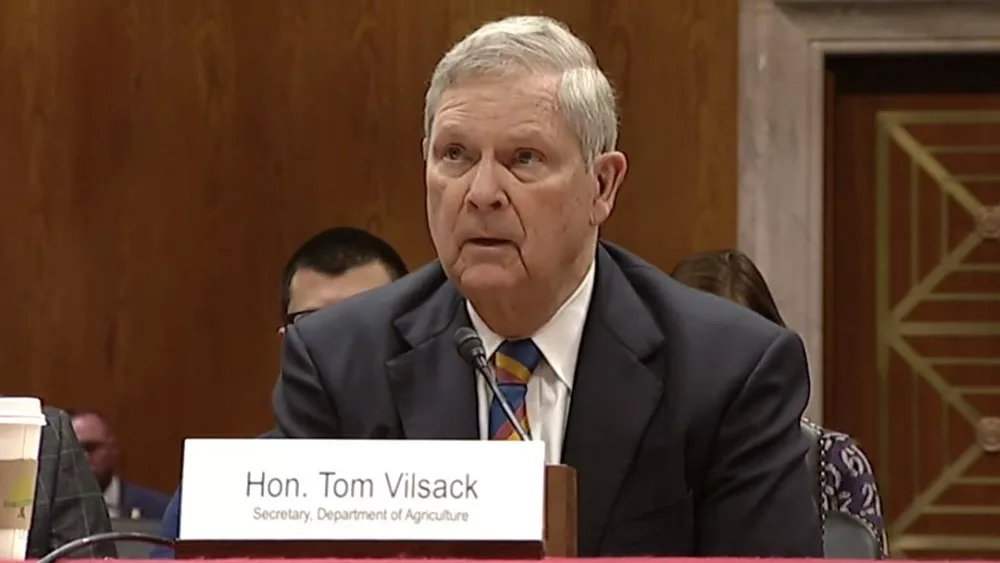
With green grass starting to appear, this year’s hay harvest will be on the mind of many forage producers. They’ll also be thinking about the opportunities and risks that accompany hay production.
Elysia Rodgers, Indiana Forage Council president and Ag and Natural Resources Educator for Purdue Extension Dekalb County, produces hay for customers and raises dairy goats, dairy beef feeder calves, pastured hogs, and poultry.
Rodgers and her husband sell about half of the hay they produce.
“For us, obviously, being able to produce a quality forage in good quantity is important, to not just keep our own livestock fed, but those of our customers as well. We have customers that have been with us for years, so they kind of know what to expect from us.”
Letting customers know ahead of time what changes occurring on the farm will affect them has been one key to maintaining good customer relations.
“Last year, we went from an offset square baler, kind of the normal what you would see in the field, to actually an inline. So, it’s like a straight shot down the back of the tractor, and we’ve been able to produce much heavier bales. So, we had to obviously charge more for those. So just kind of letting our customers know that ahead of time, they’ve really come to appreciate, as well, just so they can budget differently.
With higher input prices for many agriculture sectors, including fertilizer and forage seed, Rodgers says understanding how and when to produce quality hay, haylage and baleage can help producers mitigate risks.
Soil testing is one step that can help producers know exactly how much fertilizer to put on their soils.
“Soil tests will really tell you what’s in your soil, if you have a balanced pH, because most of our grasses like about 6, maybe 6.5 to 7.2 or so. Alfalfa is a little bit smaller window, about 6.7 to 7. So, knowing that you have a balanced pH is a really good starting point, knowing if you have the right balance of nitrogen, phosphorus, potassium in your soils.”
Rodgers also says studying the weather and understanding the best timing for hay production can help manage risk.
“They could be calling for 30% chance of rain and you get an absolute deluge. Could be at 80% and you get a few sprinkles. So, weather’s one of those that’s really hard to mitigate. But if you can kind of watch and kind of start to really understand what that weather is and kind of where it’s coming from, that can kind of help you a little bit as well.”
Hear the story with the audio link below.




